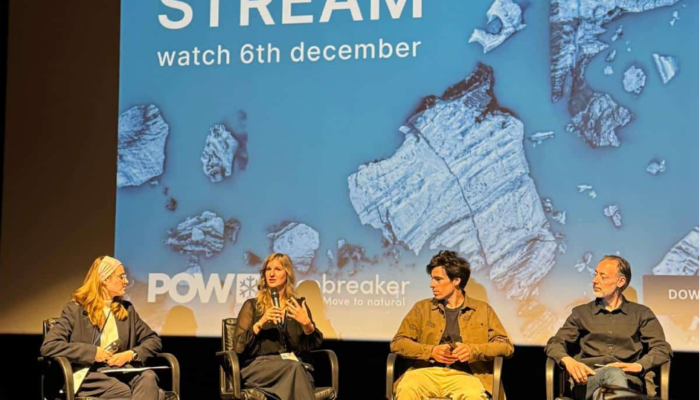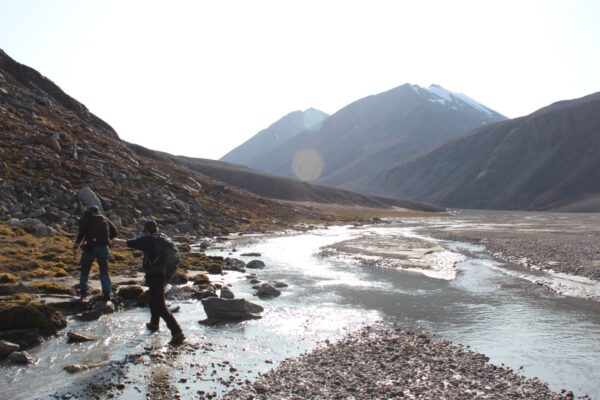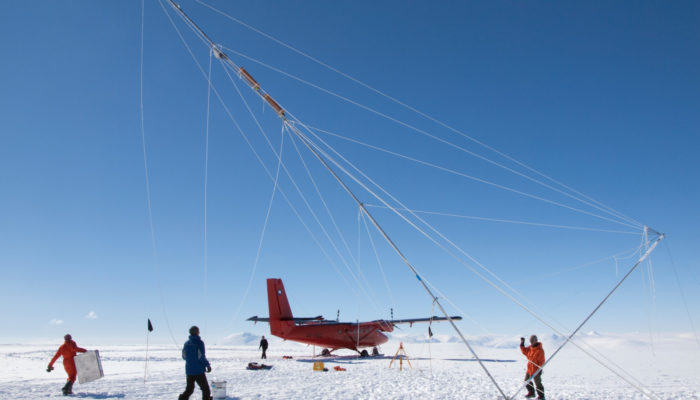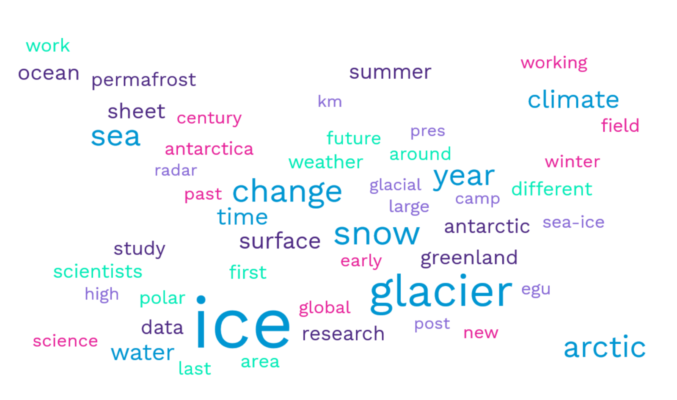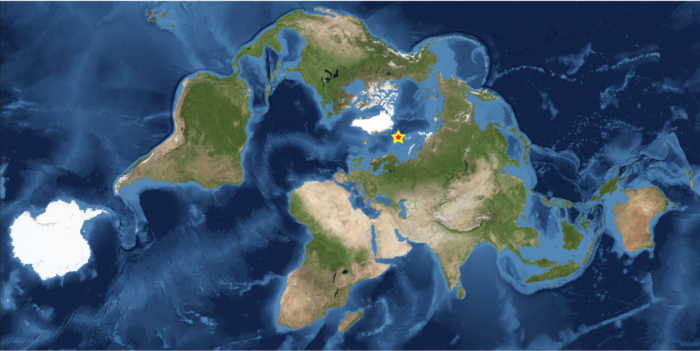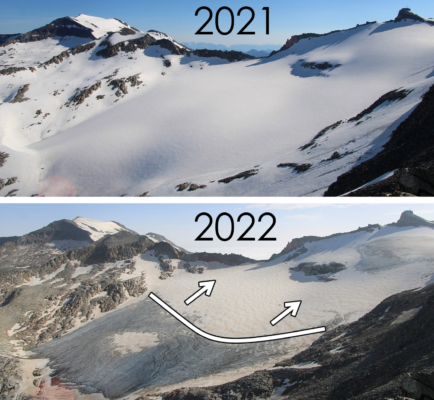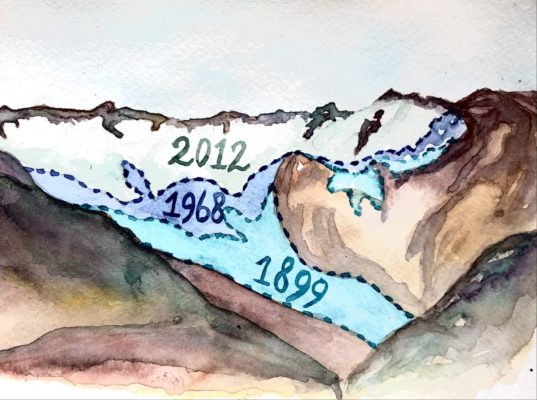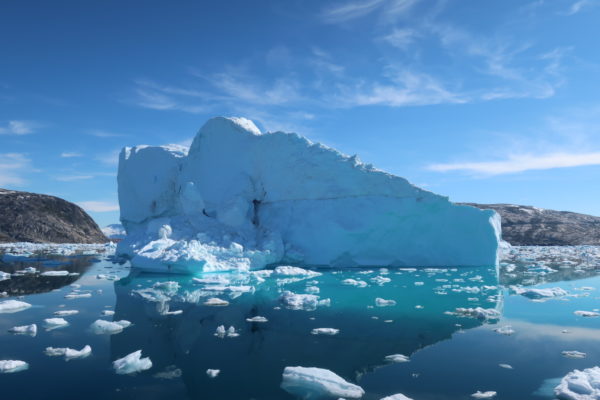2025 marks an important year for glaciers, as it’s the official Year of Glaciers’ Preservation, an initiative by UNESCO and the World Meteorological Organization (WMO). Part of the initiative is also the official declaration of March 21st as the World Day for Glaciers. UNESCO wants to celebrate this day in the hope that it “urges global action to protect glaciers and their crucial role in sustaini ...[Read More]
Celebrating at UNESCO: the first-ever global day for glaciers
